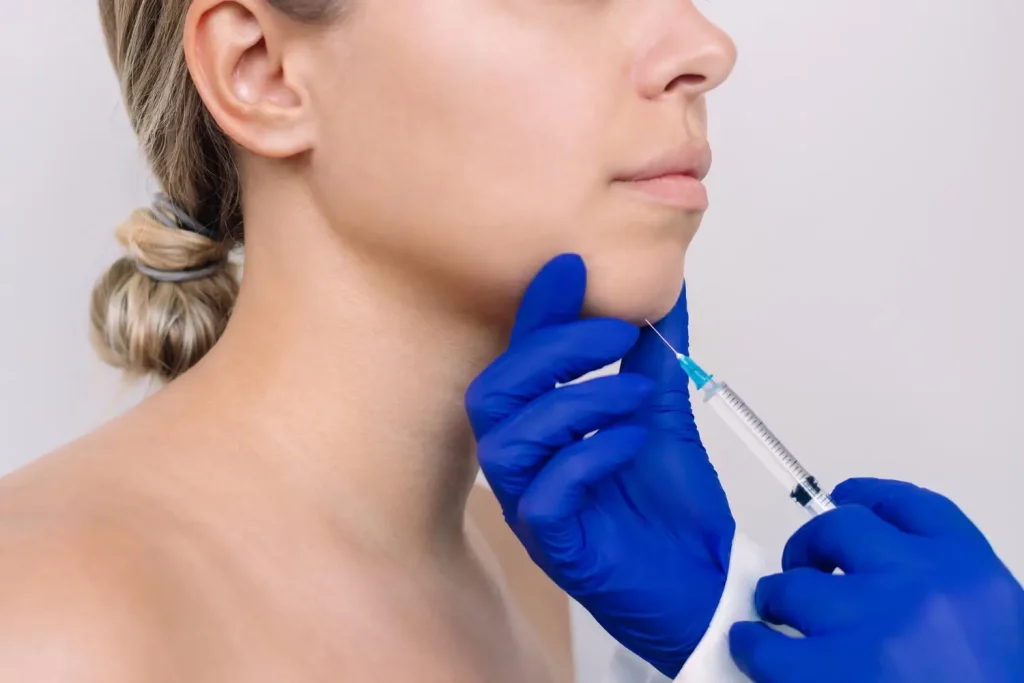Both Synvisc and Synvisc One are made of hylan A and hylan B, both of which are polymers. These polymers are the by-products of hyaluronan extracted from the fleshy crests on top of rooster heads. The hylan polymers are then densely purified before they are chemically cross-linked with one another.
These two viscosupplement formulations are orthopedic implants each intended to mimic natural synovial fluid for specific applications. Once administered into the synovial space, orthopedic injectables such as these work as a replacement for the naturally produced synovial fluid that patients afflicted with OA lack. This introduction of lubrication allows the bones to glide smoothly against each other to bring about less friction and pain, greatly improving mobility.
What is viscosupplementation?
Viscosupplementation is a medical procedure designed to treat chronic osteoarthritis. This injectable is a lubricating fluid made to replace the worn-out cartilage. This orthopedic fluid implant is made from hyaluronic acid, a natural molecule found in the human body. This treatment is meant for patients who don’t respond well to physical therapy or pharmacological treatments, such as exercise, assistive devices, lifestyle modification, and rehabilitation programs. Viscosupplementation is a less invasive treatment in comparison to irreversible surgery, and it provides greater relief with less healing time. There are two types of viscosupplements under the Synvisc brand: Synvisc and Synvisc One.
What else can Synvisc and Synvisc-One be used for?
Numerous clinical trials have shown that both Synvisc and Synvisc provide adequate symptomatic relief for patients whose knee joints are affected by osteoarthritis. Although the safety and efficacy of Synvisc and Synvisc One in treating other synovial joints has not yet been ascertained, these orthopedic implants are still used to treat other synovial joints, such as the shoulders and hips. These treatments should not be used in infected or severely inflamed joints and in patients with skin diseases or infections in the area of the injection site.
Can I be treated with Synvisc or Synvisc-One?
Synvisc and Synvisc One are safe and effective orthopedic gel implants. The tests and clinical trials examining these products consistently show the quality of these viscosupplements. With that being said, both these viscosupplements are still contraindicated in certain groups of patients due to unestablished safety profiles for said groups:
- Patients sensitive to avian proteins;
- Patients who are with child;
- Patients who are nursing;
- Patients with severely inflamed joints;
- Patients suffering from skin disorders or infections in the proposed treatment area(s).
How many injections do I need for a full treatment?
A full course of treatment for Synvisc involves injecting the affected knee joint three times, with each injection session spaced one week apart from each other. Patients typically notice their condition improve gradually about a month after the completion of a treatment session of Synvisc. These desirable effects typically last for about six months before the gel is completely reabsorbed into the surrounding tissues. As for Synvisc One, the full treatment requires only one shot. However, like Synvisc, the desired effects only last for six months before the hyaluronic acid is completely reabsorbed by the body.
Are the side effects the same for Synvisc vs Synvisc One?
Following a treatment session with Synvisc, patients may develop side effects such as pain, swelling, discoloration, and fluid buildup around the treated joint area. On the other hand, the Synvisc One injection might result in side effects such as pain, temporary bruising, flushing of the face, and the weakening of the tendon at the injection site. These reactions are typically self-limiting.



















